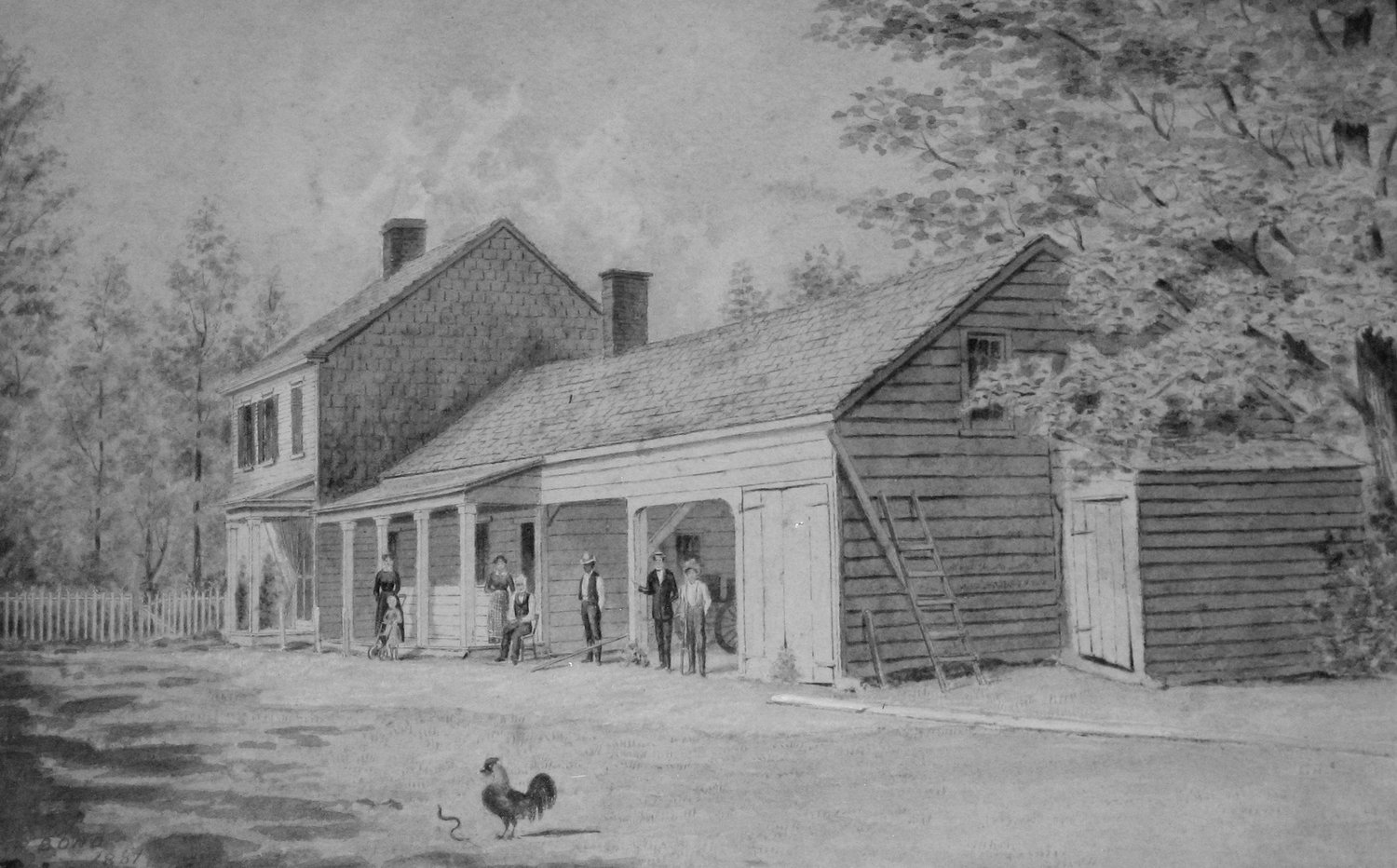Early Settlements and Our Hamlet's Name
East Meadow is an unincorporated hamlet within Nassau County's Town of Hempstead. This means that it does not have its own governing body like a village or city and is a "census-designated place" by virtue of having institutions named "East Meadow" by which its residents identify. These include the school district, a post office, a fire department, and names of businesses. There is no "establishment" date of East Meadow, because it has never been incorporated. The use of the name goes back hundreds of years — not long after the establishment of Hempstead Town in 1644.
Before the arrival of the Europeans, the earliest residents of the Hempstead Plains were tribes of Algonquian Indians. The name Merrick (alternatively spelled Meroke, Merioke, and Mericock) stems from a reference to the plains themselves. In the Massachusetts language, the term means "bare land." As discussed in an earlier article, the land was certainly bare! The East Meadow area was almost completely devoid of trees; some of our oldest trees were actually imported from places as far as England! The land was covered with brush, however, which led some early settlers to call the place Brushy Plains.
In November 1643, the land now encompassing East Meadow was sold to Englishmen John Carman and Robert Fordham by members of the local Massapequa, Merrick, and Rockaway tribes. Carman and Fordham had arrived in the Dutch colony from Connecticut and obtained permission from Dutch Director General William Kieft to purchase the land from these Algonquian peoples. During the British colonial period, Hempstead Town was part of Queens County, one of the original counties of New York. It was not until after the 1898 incorporation of western Queens County into "Greater" New York City that Nassau County was born.
The name "Hempstead" is likely a variation of a word for Town-Spot, suggesting its central importance as a settlement in Queens. Both English and Dutch settlers lived on Long Island. The "East Meadow" of the Hempstead village was convenient for grazing, and town residents held the area as common land for their cattle and other livestock. The earliest recorded use of the name East Meadow apparently appeared in town records in 1658. William Jacocks and Edward Raynor were authorized to keep cows in "the East Meadow" from spring to fall.
During the American Revolution, the British held New York City and much of Long Island for the entire war. Local residents' loyalties were divided. Those residing in the southern parts of Hempstead were generally Loyalists, supporting the British Crown; those residing in the northern parts of the town were generally Patriots, heralding the cause for independence. This rift was so significant that the town split after the war ended. In 1784, North Hempstead Town was established by its proud Patriots. South Hempstead, with its "East Meadow,” would still be known as Hempstead.
Dr. Scott Eckers is the author of East Meadow in Arcadia Publishing's Images of America series. He is Vice President of the East Meadow Board of Education as well as Social Studies Chair for the East Williston School District. Scott is also an entertainer and recording artist.






